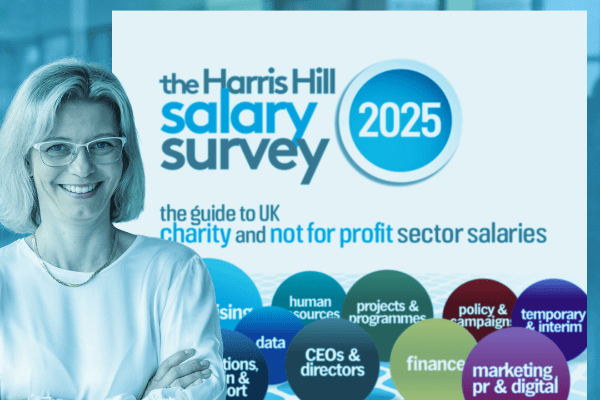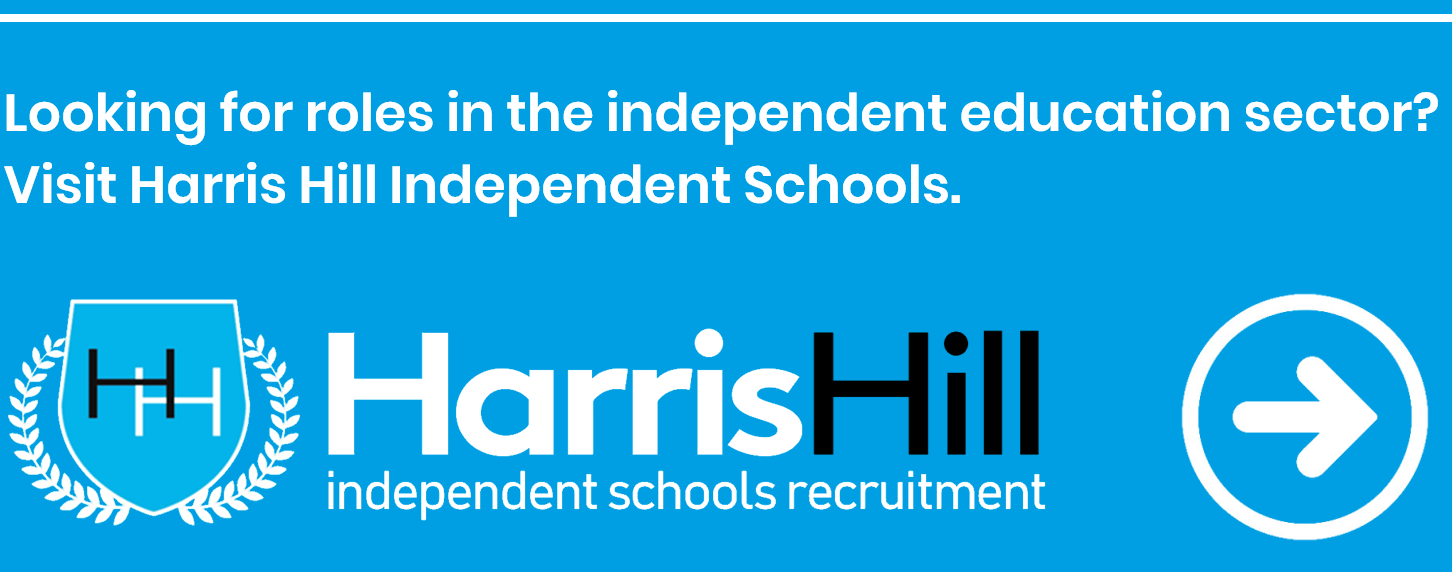Interviewing via video is the new normal for now, and if it's also new to you, here are some practical tips on the process from our executive recruitment experts, courtesy of director Jenny Hills.

Getting the basics right: make sure what's behind you isn't distracting
 |
| How to get the best from video interviewsBy now you'll probably know the basics from the video meetings that have come to dominate all of our working and social lives: make sure your camera and microphone are working ahead of the call, check your pyjama bottoms aren’t in view below your smart top, and that what’s behind you isn’t distracting. But over the past few weeks, we’ve picked up a few additional practical pointers that can help you ace that all-important video interview: |
|
|
|
| Try a test run If you’re not familiar with the videocall platform you’ll be using, ask your friendly consultant for a quick technical test-run. We want you to nail this meeting, and if a test-run will help that, we’re only too happy to do it. If you’ve applied directly, ask a friend to do a test-run with you well ahead of the interview. | |
|
|
|
| Lights, camera, wardrobe Wear what you would normally wear (at least on top) to an interview. However, keep in mind the quality of your camera and the lighting. You don’t need a camera any fancier than the one that came with the laptop/smartphone, but if you know the image quality isn’t great, try and sit in a well-lit room, and consider the colours you are wearing. A white shirt in front of a white wall in bright sunlight might mean you blend into the wallpaper too much. On the other hand, wearing dark colours in room with less-than-great lighting risks you appearing as a grainy blur to the panel. In all cases, don’t silhouette yourself in front of the light source! | |
|
|
|
| Steady your nerves (and devices) If you're using a smartphone or tablet, find a way to prop it up and keep it steady for the interview, rather than holding it in your hand: a shaky picture can detract from what you're saying and create the impression of nervousness, even if you're confident, calm and collected. | |
|
|
|
| Stay informed Keep the relevant details (job description, person specification etc) and your application to hand, either printed out or in another window of your screen. If you’re switching between screens to look at something (most videocall platforms allow you to do this without leaving the call), remember the panel can still see and hear you. |

| Be prompt Keep to your start time! Normally, arriving 10 minutes ahead of an interview is good practice, but if you log into the Zoom meeting early, you may interrupt the panel’s pre-interview discussion, or they may simply not be there and they’re taking advantage of a quick break to run to the bathroom. We’ve been advising our candidates to log in a minute before the actual interview. This gives you time to make sure the audio and video is working before it cuts into precious interview time, but also allows the panel to take their breaks, talk amongst themselves and be ready. | |
|
|
|
| Remember you're on camera! When on videocalls, some people understandably forget about eye contact and look around the room whilst talking (as many of us do when we’re thinking). Don’t stare down the lens (creepy), but try to keep your eyes on the screen. It doesn’t really matter where on the screen, but the person who asked the question is a good bet, especially if you find looking at yourself distracting. | |
|
|
|
| Express yourself There’s no need to be a mime artist, but if you use body language (nodding, smiling, leaning in, etc) you might want to exaggerate it a little bit more than you would in person so it shows up on camera. This helps engagement between you all as people. Someone sitting motionless and expressionless is hard to relate to, and the panel want to get a sense of you as a person and as a potential colleague. | |
|
|
|
| The show must go on For relatively minor audio and video disruption (screen freezes, distorted audio), we advise ignoring it unless it has impaired your understanding of what the panel are saying/asking. We’ve found that this keeps interruptions to a minimum, and on the flipside, we’ve seen conversations lose momentum when every bit of digital static is commented on. |

| Don't panic This way of working is strange for all of us, so don’t be phased if something goes pear-shaped. Can’t hear? Explain and wait for it to resolve (leave and re-join if necessary). Six-year-old has to show you the spaceship now? Cat decides it needs to sleep on the laptop? Smile, ask the panel for a quick pause to deal with it, and get back to it. We’re all human, and if the panel doesn’t understand that, do you want to work for them? | |
|
|
|
| Stay focused That said, despite the interruptions and informalities of working from home, the conversational style in videocalls is by necessity pretty formal (even for an interview). If two people speak at the same time, both are completely unintelligible so everyone has to take turns to speak. You are also missing out on almost all the non-verbal clues that we don’t realise we rely on so much. A particular risk is talking to fill the silence and missing clues you’d normally spot that the panel are disengaging from your answer, so stick to focused, relevant answers (the STAR technique is a good general guide). If you’ve said something interesting and they want more detail, they’ll ask. Make sure you leave a pause between someone asking a question and you talking to ensure they’re done, and that panel members are given opportunities to ask follow ups. | |
|
|
|
| Be flexible If your internet connection is bad enough to disrupt the conversation, apologise, fix it if at all possible, but if not, ask if you may switch your camera off and go audio only, or even dial in to the call instead. This should be a last resort because it’s the only way you can hear and respond to the panel. On the other hand, if one or more panel members go audio only for the same reasons, don’t get phased and keep your eyes on the screen. Just because you can’t see them, it doesn’t mean they can’t see you. | |
|
|
|
| BYO refreshments Finally, much as they’d like to, the panel can’t offer you the glass of water/tea/coffee, so make sure you have one to hand for when you need it. A separate celebratory beverage for when you leave the videocall having given the best interview of your life is optional. | |
|
|
|

To wrap up, there are practical differences between the usual in-person interview and a video interview, but the intent behind them is the same: for you, is this a job you want? For the panel, are you the person they want for the job?
Being able to adapt to these differences may not guarantee you the job, but feeling more confident and relaxed about the process will give yourself and the panel the best chance of making the right decision.
Jenny Hills
Chief Executive & Director Recruitment Practice, Harris Hill
Search executive opportunities ►

More from the Harris Hill Blog
|
|
|
 |
| How to work well from homeMillions of us are doing it, but how well is working from home working for you? Guest blogger (and frequent home-worker) Nicola Greenbrook has advice to help you keep things running smoothly. |
|
|
|
 |
| Should you be working for a large or small charity?The biggest charities may have the biggest opportunities, but you'll typically take on more responsibilities somewhere smaller - so which is better for your career? Faye Marshall and our fundraising specialists weigh up the options. |
|
|
|
 |
| How to be assertive at workAltruistic behaviour is fundamental to the charity sector, but saying yes to every request can leave you seriously overwhelmed. Nicola Greenbrook explores how you can learn to stand your ground and be more productive as a result. |
-

Opportunity for all
Find out how we’re working to deliver more diverse, equitable and inclusive recruitment…
-

Recruiting a charity CEO?
Our executive recruitment specialists have an exceptional record of successful CEO, chair, trustee and…
-

Charity sector salaries
Our 2025 Salary Survey has the latest rates and expert insight for roles throughout the sector.













